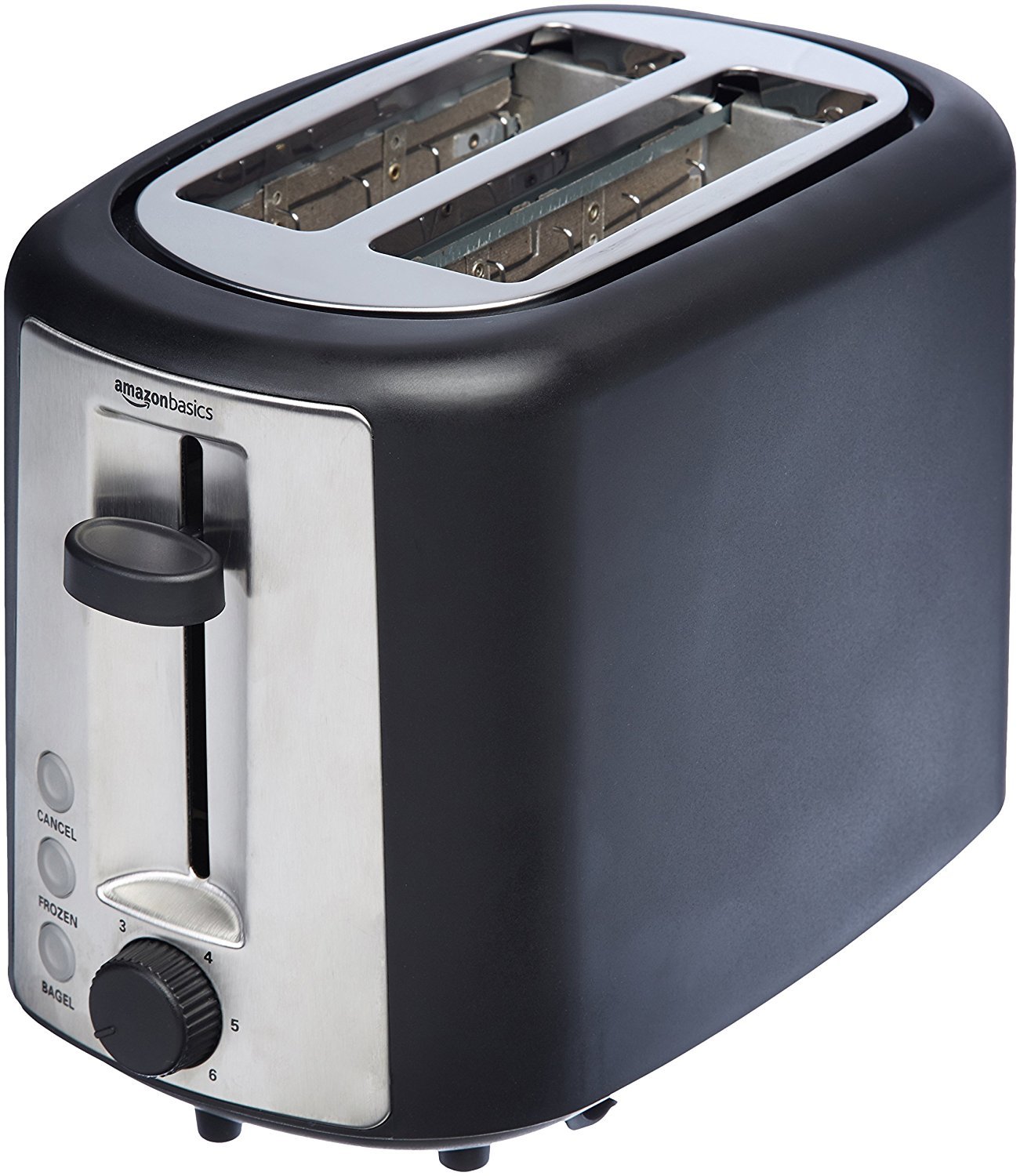A mess.
Bad. I have a Raspberry Pi 4 hanging from a HDMI cable going up to a projector, then have a 2TB SSD hanging from the Raspberry Pi. I host Nextcloud and Transmission on my RPi. Use Kodi for viewing media through my projector.
Pi4 with 2TB SSD running:
- Portainer
- Calibre
- qBittorrent
- Kodi
HDMI cable straight to the living room Smart TV (which is not connected to the internet).
Other devices access media (TV shows, movies, books, comics, audiobooks) using VLC DLNA. Except for e-readers which just use the Calibre web UI.
Main router is flashed with OpenWrt and running DNS adblocker. Ethernet running to 2nd router upstairs and to main PC. Small WiFi repeater with ethernet in the basement. It’s not a huge house, but it does have old thick walls which are terrible for WiFi propogation.
I only use the highest of grade when it comes to hardware
Case: found in the trash
Motherboard: some random Asus AM3 board I got as a hand-me down.
CPU: AMD FX-8320E (8 core)
RAM: 16GB
Storage: 5x2tb hdds + 128gb SSD and a 32GB flash drive as a boot device
That’s it… My entire “homelab”
I have 5 servers in total. All except the iMac are running Alpine Linux.
Internet
Ziply fiber 100mb small business internet. 2 Asus AX82U Routers running in AiMesh.
Rack
Raising electronics 27U rack
N3050 Nuc’s
One is running mailcow, dnsmasq, unbound and the other is mostly idle.
iMac
The iMac is setup by my 3d printers. I use it to do slicing and I run BlueBubbles on it for texting from Linux systems.
Family Server
Hardware
- I7-7820x
- Rosewill rackmount case
- Corsair water cooler
- 2 4tb drives
- 2 240gb ssd
- Gigabyte motherboard
Mostly doing nothing, currently using it to mine Monero.
Main Cow Server
Hardware
- R7-3900XT
- Rosewill rackmount case
- 3 18tb drives
- 2 1tb nvme
- Gigabyte motherboard
Services
- ZFS 36TB Pool
- Secondary DNS Server
- NFS (nas)
- Samba (nas)
- Libvirtd (virtual macines)
- forgejo (git forge)
- radicale (caldav/carddav)
- nut (network ups tools)
- caddy (web server)
- turnserver
- minetest server (open source blockgame)
- miniflux (rss)
- freshrss (rss)
- akkoma (fedi)
- conduit (matrix server)
- syncthing (file syncing)
- prosody (xmpp)
- ergo (ircd)
- agate (gemini)
- chezdav (webdav server)
- podman (running immich, isso, peertube, vpnstack)
- immich (photo syncing)
- isso (comments on my website)
- matrix2051 (matrix to irc bridge)
- peertube (federated youtube alternative)
- soju (irc bouncer)
- xmrig (Monero mining)
- rss2email
- vpnstack
- gluetun
- qbittorrent
- prowlarr
- sockd
- sabnzbd
Why do you host FreshRSS and MiniFlux if you don’t mind me asking?
I kind of prefer mini flux but I maintain the freshrss package in Alpine so I have an instance to test things.
Thank you. I’m looking at sorting an aggregator out and am leaning towards Miniflux
Internet:
- 1G fiber
Router:
- N100 with dual 2.5G nics
Lab:
- 3x N100 mini PCs as k8s control plane+ceph mon/mds/mgr
- 4x Aoostar R7 “NAS” systems (5700u/32G ram/20T rust/2T sata SSD/4T nvme) as ceph OSDs/k8s workers
Network:
- Hodge podge of switches I shouldn’t trust nearly as much as I do
- 3x 8 port 2.5G switches (1 with poe for APs)
- 1x 24 port 1G switch
- 2x omada APs
Software:
- All the standard stuff for media archival purposes
- Ceph for storage (using some manual tiering in cephfs)
- K8s for container orchestration (deployed via k0sctl)
- A handful of cloud-hypervisor VMs
- Most of the lab managed by some tooling I’ve written in go
- Alpine Linux for everything
All under 120w power usage
How are you finding the AooStar R7? I have had my eye on it for a while but not much talk about it outside of YouTube reviews
They’ve been rock solid so far. Even through the initial sync from my old file server (pretty intensive network and disk usage for about 5 days straight). I’ve only been running them for about 3 months so far though, so time will tell. They are like most mini pc manufacturers with funny names though. I doubt I’ll ever get any sort of bios/uefi update
looks like this and runs NetBSD
Services:
- OpenSSH

Why?
I don’t understand, why what my lemmy?

It’s running NetBSD, isn’t it?
At home - Networking
- 10Gbps internet via Sonic, a local ISP in the San Francisco Bay Area. It’s only $40/month.
- TP-Link Omada ER8411 10Gbps router
- MikroTik CRS312-4C+8XG-RM 12-port 10Gbps switch
- 2 x TP-Link Omada EAP670 access points with 2.5Gbps PoE injectors
- TP-Link TL-SG1218MPE 16-port 1Gbps PoE switch for security cameras (3 x Dahua outdoor cams and 2 x Amcrest indoor cams). All cameras are on a separate VLAN that has no internet access.
- SLZB-06 PoE Zigbee coordinator for home automation - all my light switches are Inovelli Blue Zigbee smart switches, plus I have a bunch of smart plugs. Aqara temperature sensors, buttons, door/window sensors, etc.
Home server:
- Intel Core i5-13500
- Asus PRO WS W680M-ACE SE mATX motherboard
- 64GB server DDR5 ECC RAM
- 2 x 2TB Solidigm P44 Pro NVMe SSDs in ZFS mirror
- 2 x 20TB Seagate Exos X20 in ZFS mirror for data storage
- 14TB WD Purple Pro for security camera footage. Alerts SFTP’d to offsite server for secondary storage
- Running Unraid, a bunch of Docker containers, a Windows Server 2022 VM for Blue Iris, and an LXC container for a Bo gbackup server.
For things that need 100% reliability like emails, web hosting, DNS hosting, etc, I have a few VPSes “in the cloud”. The one for my emails is an AMD EPYC, 16GB RAM, 100GB NVMe space, 10Gbps connection for $60/year at GreenCloudVPS in San Jose, and I have similar ones at HostHatch (but with 40Gbps instead of 10Gbps) in Los Angeles.
I’ve got a bunch of other VPSes, mostly for https://dnstools.ws/ which is an open-source project I run. It lets you perform DNS lookup, pings, traceroutes, etc from nearly 30 locations around the world. Many of those are sponsored which means the company provides them for cheap/free in exchange for a backlink.
This Lemmy server is on another GreenCloudVPS system - their ninth birthday special which has 9GB RAM and 99GB NVMe disk space for $99 every three years ($33/year).

Acronyms, initialisms, abbreviations, contractions, and other phrases which expand to something larger, that I’ve seen in this thread:
Fewer Letters More Letters AP WiFi Access Point CGNAT Carrier-Grade NAT DNS Domain Name Service/System Git Popular version control system, primarily for code HA Home Assistant automation software ~ High Availability HTTP Hypertext Transfer Protocol, the Web HTTPS HTTP over SSL IP Internet Protocol LTS Long Term Support software version LVM (Linux) Logical Volume Manager for filesystem mapping LXC Linux Containers NAS Network-Attached Storage NAT Network Address Translation NUC Next Unit of Computing brand of Intel small computers NVMe Non-Volatile Memory Express interface for mass storage PCIe Peripheral Component Interconnect Express PSU Power Supply Unit PiHole Network-wide ad-blocker (DNS sinkhole) Plex Brand of media server package PoE Power over Ethernet RAID Redundant Array of Independent Disks for mass storage RPi Raspberry Pi brand of SBC SAN Storage Area Network SATA Serial AT Attachment interface for mass storage SBC Single-Board Computer SSD Solid State Drive mass storage SSH Secure Shell for remote terminal access SSL Secure Sockets Layer, for transparent encryption VPN Virtual Private Network ZFS Solaris/Linux filesystem focusing on data integrity Zigbee Wireless mesh network for low-power devices k8s Kubernetes container management package nginx Popular HTTP server
30 acronyms in this thread; the most compressed thread commented on today has 6 acronyms.
[Thread #525 for this sub, first seen 18th Feb 2024, 06:05] [FAQ] [Full list] [Contact] [Source code]
1) DIY PC (running everything)
- MSI Z270-A PRO
- Intel G3930
- 16GB DDR4
- ATX PSU 550W
- 250GB SSD for OS
- 500GB SSD for data
- 12TB HDD for backup + media
2) Raspberry pi 4 4GB (running 2nd pihole instance)
Only 2 piHOLES?
Not sure is this a joke, but I dont see a reason to have more than 2.
Sorry forgot the /s
It’s a work in progress, but https://wiki.gardiol.org (which is OFC self-hosted)
Anyway, beefy HP laptop with 32gb ram and Xeon CPU to run all services. 3 RAID-1 (Linux sw raid) usb3 volumes to host all services and data.
Two isp’s: Vodafone FVA 5G (data capped) for general navigation and Fastweb FTTC (low speed but uncapped) for backup access and torrent/Usenet downloads.
Gentoo Linux all the way and podman, but as much limited as possible: only immich (that’s impossible to host on bare metal due to devs questionable choices).
Services: WebDAV/webcal/etc wiki, more stuff, arrs, immich, podfetch, and a few more.
All behind nginx reverse proxy.
99% bare metal.
Self developed simple dashboard
External access via ssh tunnels to vps
That public wiki gives me the security heebie-jeebies. 🤭
Why?
Not saying it’s not secure, just that I’d have constant doubts whether I’ve covered all the bases if I were doing it.
The service runs as an unpriviledged user, even if, at worst, an intruder would delete or replace the wiki itself. Even the php-fpm behind it runs as that unpriviledged user and is not shared with any other service.
I doubt an attacker could do anything worse than DoS on the wiki itself.
Self built Proxmox server (5600G/64gb ram/1x2tb nvme+4x4tb hdd) with 2 nics running litrally everything. List of services I run is long and Im too lazy to type them.
- An HP ML350p w/ 2x HT 8 core xeons (forget the model number) and 256GB DDR3 running Ubuntu and K3s as the primary application host
- A pair of Raspberry Pi’s (one 3, one 4) as anycast DNS resolvers
- A random minipc I got for free from work running VyOS as by border router
- A Brocade ICX 6610-48p as core switch
Hardware is total overkill. Software wise everything is running in containers, deployed into kubernetes using helmfile, Jenkins and gitea












